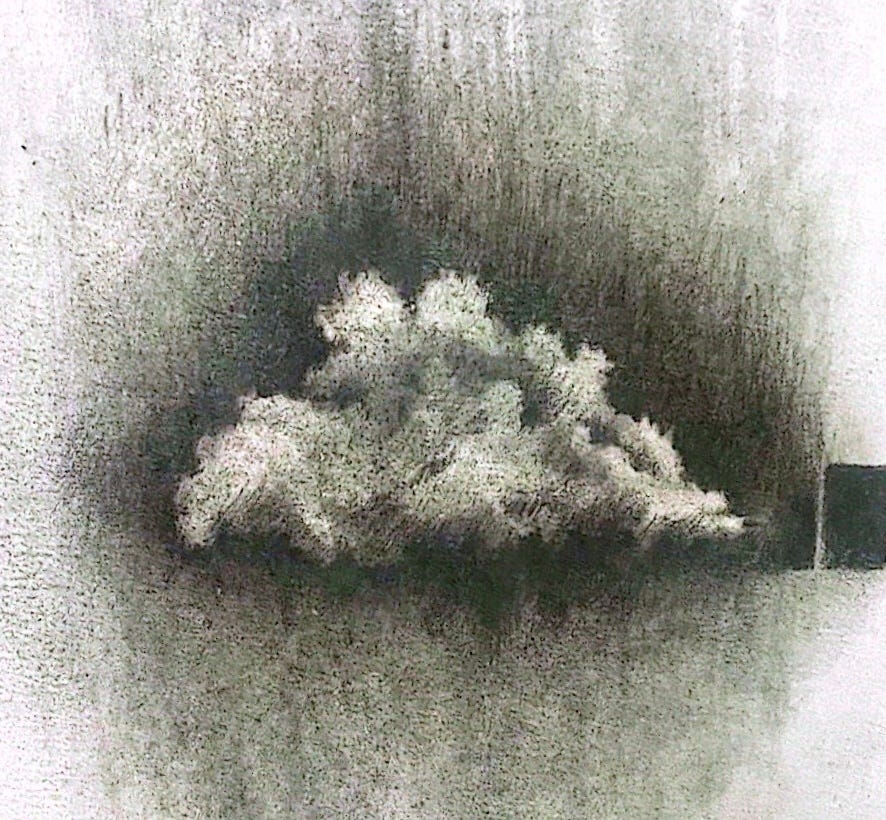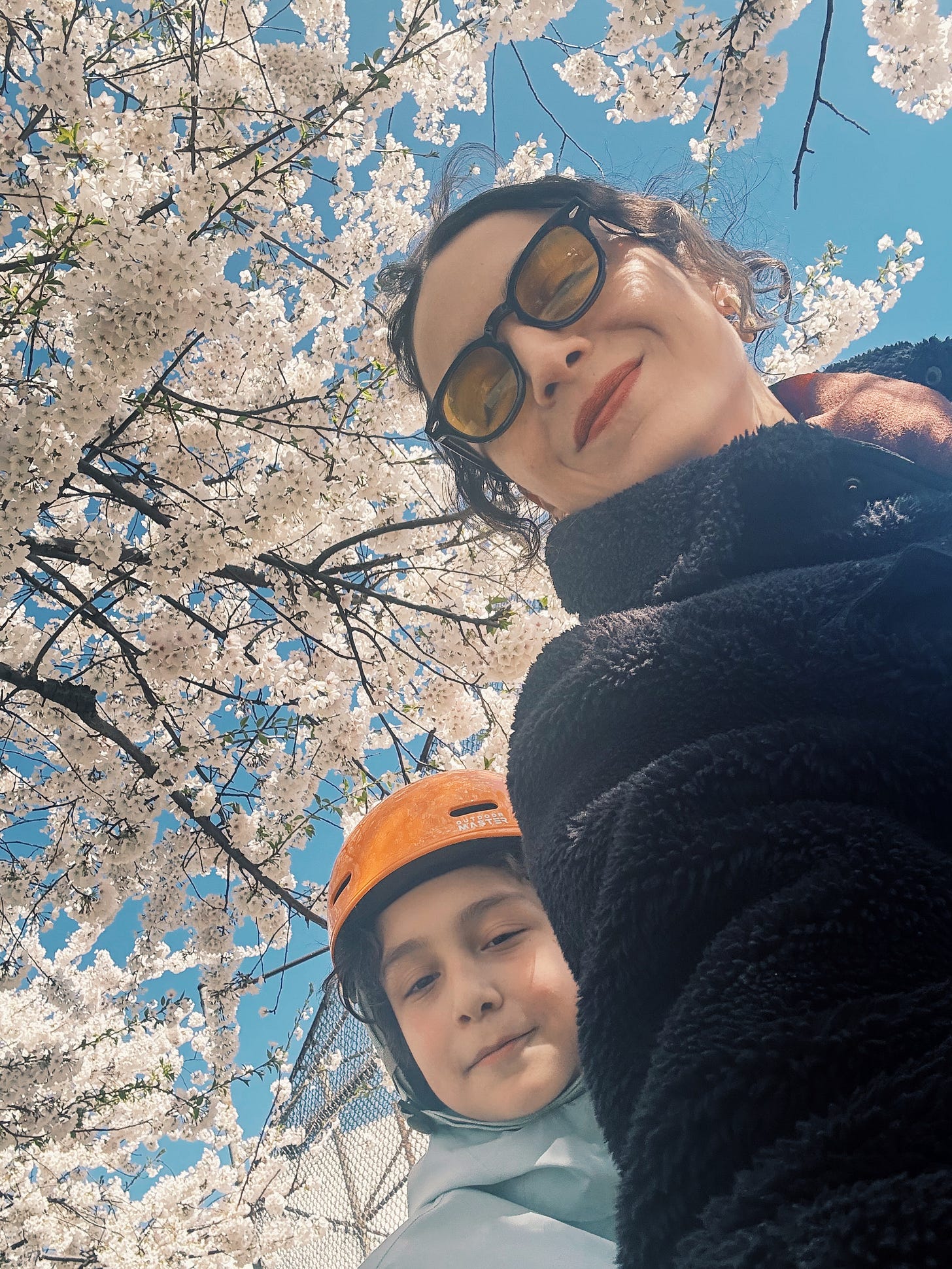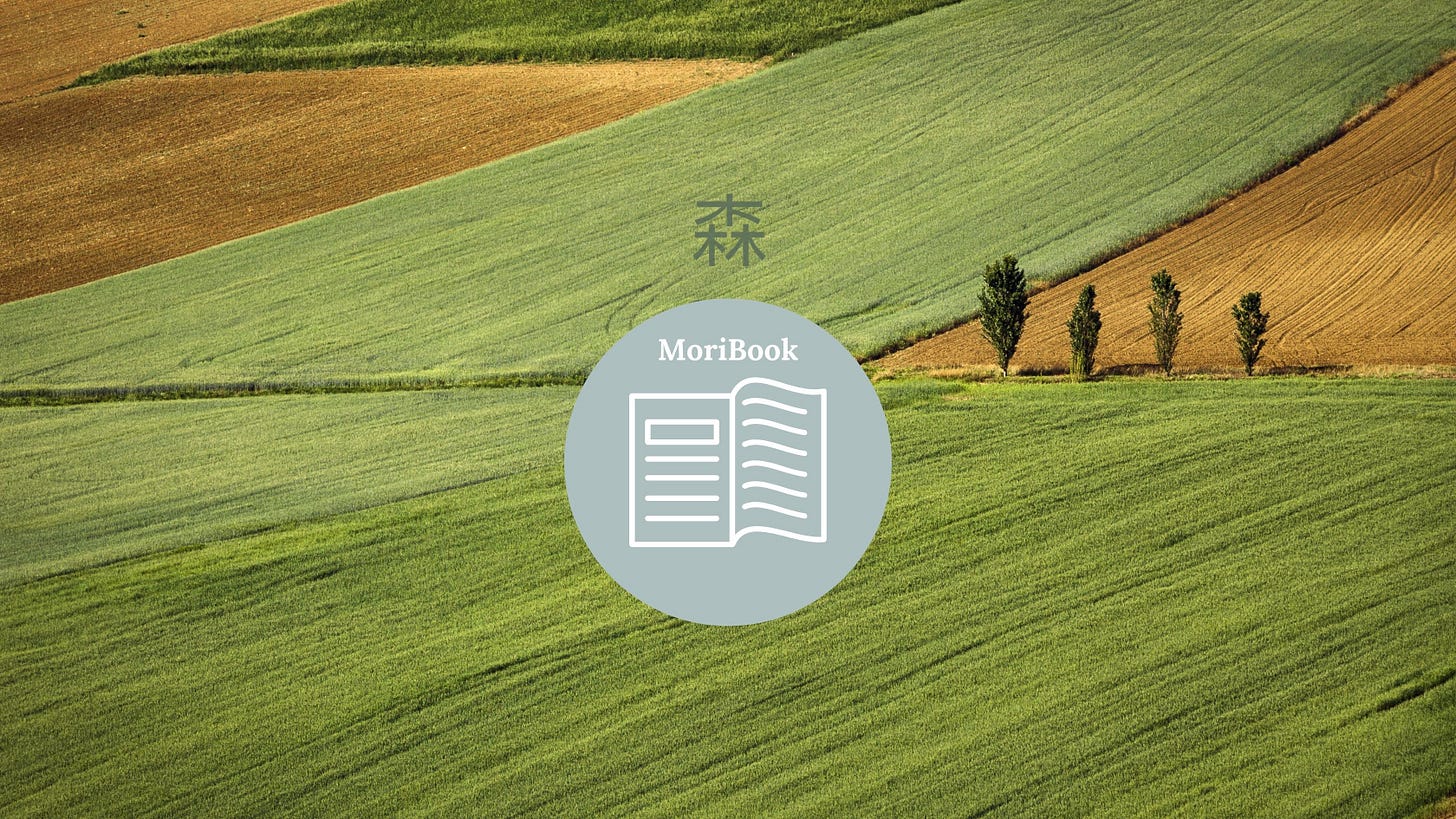Cloudwatching, Soundscape Composers & Cabin Warming
#24
How much do you know about sakura—or cherry blossoms in general?
They are a gift of spring, a symbolic appreciation of time and beauty, especially in Asian cultures. But they don’t bloom all at once. There’s no scheduled time for their arrival. With shifting climates, even the seasons begin to wander.
In Japan, the blossoms begin in the south and slowly move north—carried by warmth, light, and patience. Like a soft breath across the land.
Being in New York City now, I’m witnessing my first sakura here.
And I remember the very first time I learned about them—22 years ago.
Hanami, they call it in Japan. A shared celebration of impermanence, of presence, of noticing. It connects people—wherever they are, whenever they’re ready.
That rhythm feels right for this moment.
In this letter, I’ve gathered a few quiet reflections:
cloudwatching as a creative habit, music shaped by nature’s soundscapes, and what it really means to warm a small cabin intentionally, seasonally.
If you’re craving gentler rhythms, a fresh perspective, or just something to carry with you through spring—this one’s for you.
Let’s begin,
eb
✧ Mori Learning Platform ✧
//Nature-inspired Tools for Mind, Body and Soul
Learning is questioning for us.
It begins with wonder and deepens through reflection. Each month, we follow a theme and ask a few essential questions—together. Let’s reflect on the ones guiding us now:
What does music teach us about the patterns of nature?
This month in our Nature Dialogues webinar, we explored the deep relationship between music and nature with musician and educator Özlem Kolat. Together, we reflected on how composers have listened to birdsong, storms, silence—and turned them into symphonies.
We were reminded that music, like nature, moves in rhythms. It can sharpen our awareness, shift our mood, or help us hear what we’ve been ignoring. If you missed the session, the conversation will soon be released as a podcast.
🎧 Curious about future topics or want to co-create a session? Hit reply.
How often do you look up and really see the sky?
In last month’s Nature Journaling Club, we explored clouds—learning their names, their movements, and how to translate their shifting forms into sketches. Journaling became a way to slow down and listen to the sky.

Next, we head to the forest floor. This month’s focus is ferns and leaves—specifically, megaphylls, one of nature’s most poetic evolutions in plant life.
Join us as we observe, draw, and wonder together.
Mori Nature Journaling Club is expanding to NYC this season. I’m beginning to offer guided tours at the New York Botanical Garden and in North Brooklyn through the Creative Mornings Community.
🗓️ Next Journaling Club Online: Ferns & Leaves
📍 Online | Language: Turkish (English resources coming soon)
💬 Want to be the first to know about bilingual sessions? Let us know.
How do you make space for inspiration in your day?
We’re putting the finishing touches on the Mori Workbook—a printable journal for seasonal reflection, daily rituals, and nature-inspired creativity. It’s designed to be your companion in quiet mornings, afternoon walks, or moments when you feel the need to reconnect.
📦 Launching soon on Gumroad
🖋️ Reply if you'd like early access or to help us shape the next edition.
⊹ Creative Botany ⊹
//Botanical Thinking for Creative Souls
I have discovered Sue Wickinson in Botanical Art Talks by Julia Trickey who hosts inspiring conversations with botanical artists.
Sue has attracted my attention with this special book collection called Plants of the Quran.
Sue Wickison is a distinguished botanical artist from New Zealand, renowned for her meticulous and detailed plant illustrations. Her collaboration with Pakistani botanist Dr. Shahina A. Ghazanfar culminated in the book Plants of the Qur'an: History & Culture, published in 2023.
This pioneering work delves into the flora mentioned in the Islamic holy text, the Qur'an, highlighting plants such as pomegranates, grapes, ginger, and garlic. The book provides historical and cultural contexts, exploring these plants' roles in food, medicine, and daily life. Each plant is accompanied by full-color botanical illustrations, offering readers both scholarly insights and visual appreciation.
⧉ Inside Mori Cabin ⧉
//Living with Design on Minimalism
How do we heat a cabin—and what does warmth really mean in off-grid life?
Cabins are not tents, and they’re not vans either. They are something more grounded: tiny homes shaped by stillness, made to hold you close while opening you to the wildness just beyond the walls.
One of the most common questions I’m asked is:
“How do you heat the cabin?”
To be honest, I love winters in the cabin.
There’s something about the quiet coziness—the intimacy of being indoors while the world outside turns white or grey—that invites deep attention. You feel the space holding you. You see how much you really need.
And with that comes the more practical side of cabin dreaming:
If you're imagining building a retreat on remote land, how should you heat it?
Let’s start with the basics:
When designing a heating system for a small, off-grid shelter, there are a few natural and structural factors to consider:
Cabin Heating Considerations
Climate & Orientation: How cold does it get in your region? Does your site face south for passive solar gain?
Size & Insulation: Smaller, well-insulated spaces hold heat better. Cabins don’t need large systems—they need smart systems.
Fuel Sources: Are you able to access wood, propane, solar-electric setups? Are you ready to maintain a stove or chimney?
Ventilation: Warmth must balance with airflow, especially if you're burning fuel indoors.
Site-Specific Options: In some climates, it may be possible to use the stable, insulating warmth of the earth beneath the cabin—either through thermal mass, earthen floors, or partial in-ground construction. But this greatly depends on your land conditions, water table, and soil type. Every site is different—and worth studying deeply.
At Mori Cabin, we’re experimenting with wood stove heating paired with natural insulation methods. It’s simple, responsive, and gives a rhythm to the day—gathering, lighting, tending. It's not automatic heat—it’s intentional heat.
More details soon on how we’re integrating off-grid systems, including backup solar and passive design strategies. We’re also exploring how warmth can become part of a more conscious seasonal lifestyle—not something we chase, but something we shape.
💬 Cabin owners—how do you heat yours?
We’d love to hear your experiences and approaches. Reply and share what’s worked for you—we’ll feature highlights in future letters.
Heat, after all, isn’t just about temperature—it’s about care, timing, and paying attention.
Stay warm. We’ll share more off-grid details in the next letter.






Merhabalar, Özlem Kolat ile konuşmanızın bana ilham veren bir yeri var, göz atmak isterseniz;
https://www.ceydahosgor.com/post/nani-nani-%C3%A7ocuklar 😊
Woodburning stove works just great in our well-insulated 1br cabin, total of 40m2 :)
Of course window orientation maximizing solar during winters is always a bonus on sunny days!